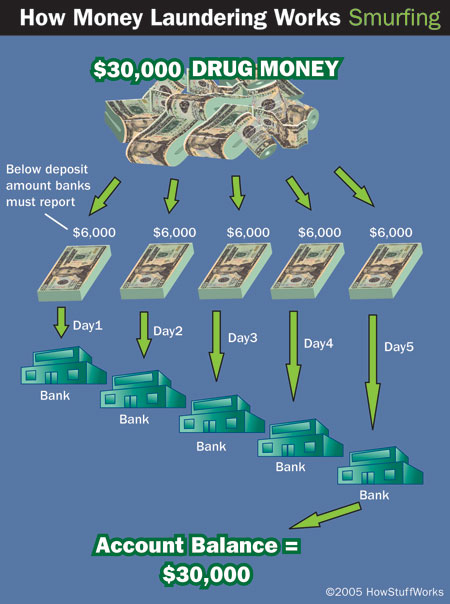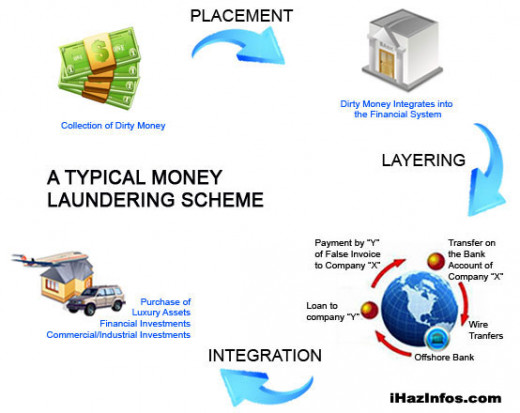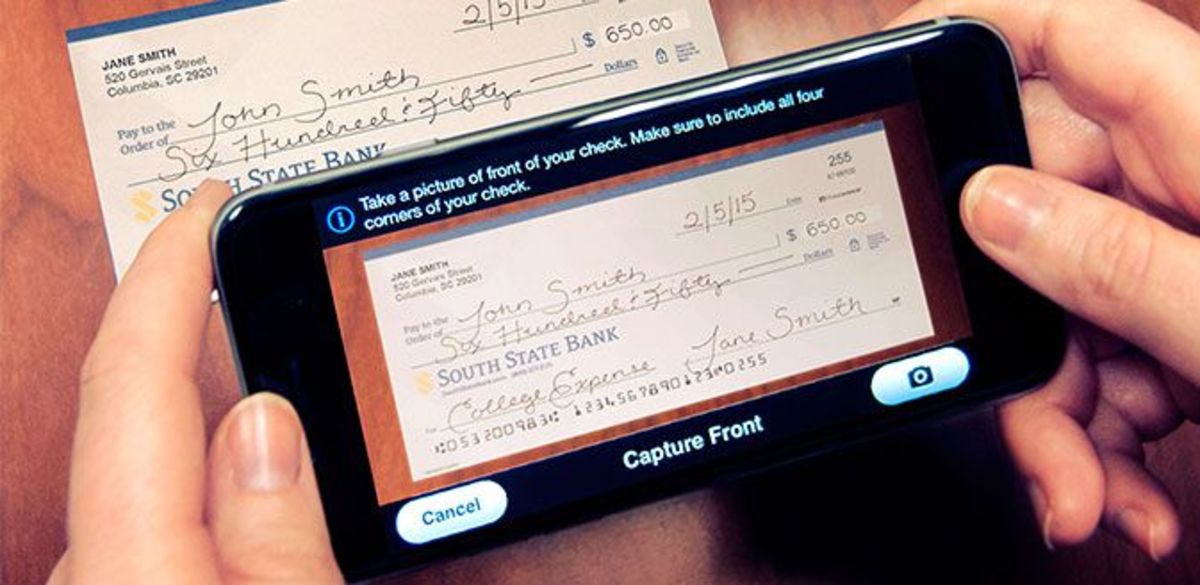Money Laundering: Washing the Money Clean

Money Laundering is the process of covering up the illegal tracks from where the money is actually received by showing other legal source. To make it simple, consider two sources, x & y, x is an illegal source and y is a legal source. Money laundering makes the money received from the illegal source x look as if it is received from the other legal source y. So those criminals make themselves look like gentlemen in front of the society and the law. Many measures are taken in order to prevent money laundering by day.. Financial Action Task Force on Money Laundering is an organization against money laundering. The function of the FATF is to fight against the illegal money laundering and bring to an end. This is a tedious task as new ways on washing money is being found out day by day.

Methods To Wash The Money.
Money laundering can be done in many ways. It takes three stages in this process of laundering money. They are Placement, Layering, Integration.
1.Placement: This stage is where the money is transferred to a bank or other institutions. This may be in the form of deposits in banks. But this is very risky as large sums of deposit in banks is conspicuous and banks have to report about such transactions involving large amounts. So they normally deposit small sums of money in several bank accounts in several days. This process of placement can in done in various ways.
1. Banks owned and operated by individuals with a criminal background can be made into use. By entering into a deal the money can be deposited in the bank with ease. The liberalization in the banking sector has made this easier.
2. Securities brokers are also a way through which placement can be done. They will be able to deposits large deposits disguising the original source. This makes the process a whole lot easier.
3. Purchasing assets is the next method. This method can reduce the conspicuous look of the society. The purchase of assets like land makes sure that the money is safe an under lower suspicion than liquid cash.
4. Blending the money with other large sums is a best way to hide the illegal money. So financial institutions likes banks play an important laundering money. These money can also invested into companies and allow it to cycle in the business for a while.
These some ways in which the process of placement can be done. The next stage is layering.

2.Layering: Layering is the complication that makes the money unable to trace. Layering includes the continuous transfer of money from one account to another account transferring it to an other persons account, or to another country, changing the currency of the money, Buying luxury items like property, cars jewelry etc to make a change in the form of the illegal money. This step is to make the original dirty money look legal by making the money travel through long complicated paths to make it untraceable. Two methods for layering money is as follows:
1. First assets like property, cars, diamonds or other costly assets would be purchased and then sold when time comes right. So this gives a way for keeping the money safe and to get it back when needed and wont be traceable if assets like property are bought under fake names or people.
2. The other way is to deposit the lump sum amount as small deposits into many accounts and banks then transfer it to another persons accounts then to another country then to another currency and repeat these process and cycle the money back to the country and convert it into monetary instruments like draft or money orders.

3.Integration: In this stage the money re enters the economy again, but now as money from a legal source. It may be from the sale of a car, which he actually bought in the layering stage, or it may be from the sale of a million dollar needle he sold to his or his associates company. The person may deposit this money into a local business for a share of profit or to get a dividend. At this point the criminal can use this money without getting caught. Catching a launderer in the integration stage is in a way impossible if there is no evidence of the previous movement of the money. Some methods used to integrate money in to the economy are:
1. To integrate money back into the economy many criminals use the method off selling property which is earlier bought in the layering stage in order to cover up the tracks of the illegal money. They may also use shell companies to buy properties and then sell it and the money thus received will be from a legitimate source.
2. Involving foreign banks in countries where privacy has concern is another method used in order to make the laundering process sophisticated and untraceable. The money thus can be used without getting caught because it may take years for the law enforcers to find out what happened with the money.
3. Another way to get the money rolling in the economy is by the way of invisible exports. The goods exported by these criminals will be over valued or a fake invoice of an exporting company may be used to prove that the money which they have in their possession or in the banks as deposits are the revenue earned from such fake exports. In this way the criminals wold be able to prove that their money came from a legal source and that they are innocent.
Effects Of Money Laundering.
In the sociocultural end, it has a very bad effect. Money laundering means more fraud and criminals in the are or country, more drugs in the streets, more drug related crimes loss of moral values and so on. But the effects on the economy are more broader. The modern countries especially the developing ones are facing increased money laundering crimes are they have not had the laws established, as they are new to this. Many banks of these countries with less effective laws are found to be the places where large sums of dirty money are being stored. As a result many withdrew there money as they feared they would lose their money because of investigations. Many banks collapse because of this. When this laundering tends to increase in an area the policy makers makes necessary changes in the economic policy. If the law enforcers starts to take up the case and begins to investigate all the money disappears without leaving any trace and any predictable economic cause. And that financial sector falls apart.





